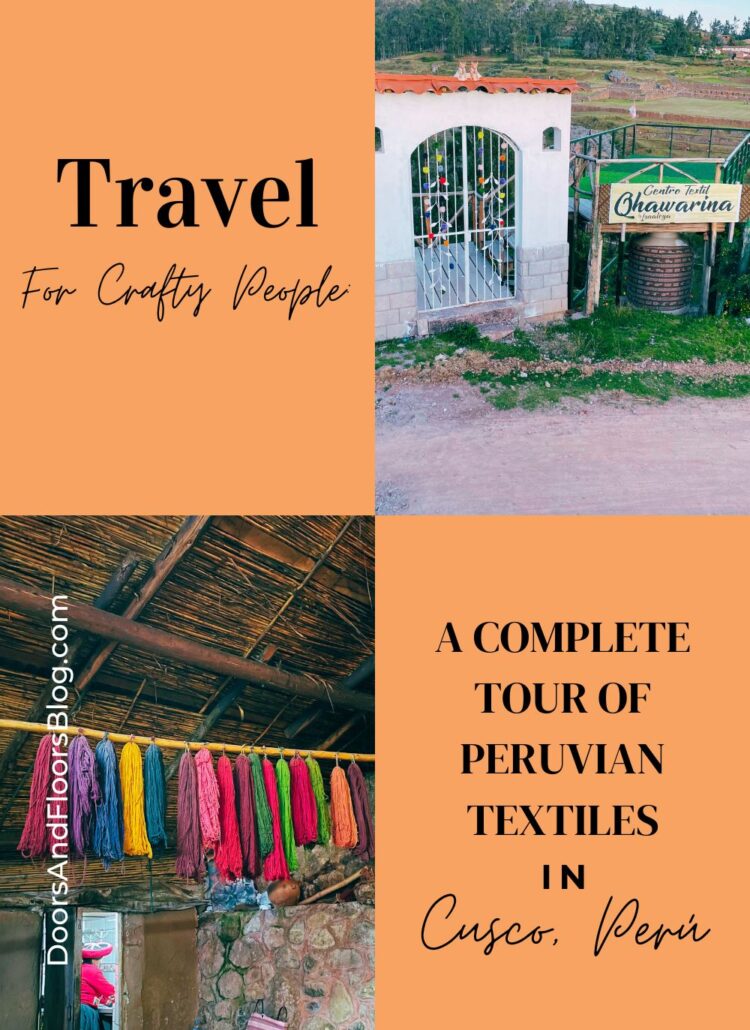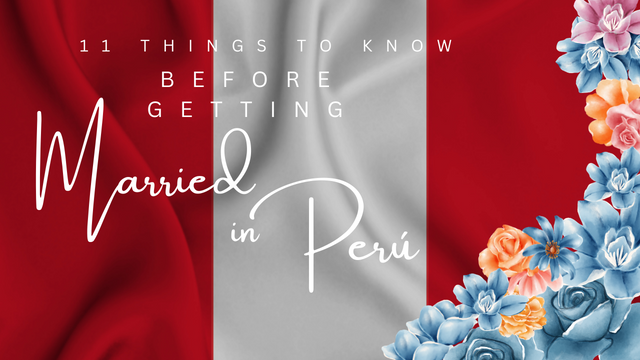
If you’re thinking what I think you’re thinking–that is, “How do I get married in Perú?” and “What do I need to marry in Perú?” Then you’ve come to the right place! …And if you’re not thinking that…then I don’t know why you’re here, but welcome nonetheless!
Here’s some things you should know that will help you as you embark on your journey to get married in Perú when you are not Perúvian. Hopefully this will give you enough of a heads up to remove some of the stress from this process.
Getting married outside the USA is a very difficult process. If you’ve come here because you’re thinking it would be romantic to get married outside of the US, I would recommend that you get married legally in your country and do a ceremony outside the US for aesthetics. The legal side of things is an added headache you don’t need to bring upon yourself in the midst of wedding planning if you can avoid it.
I won’t touch on all of the rules and requirements to get married in Perú as a US citizen. You need to figure out what is specifically needed for you and your circumstances. On the same note, I cannot provide you with legal advice or accurate to you information. I can only share my experience.
This list was created to answer the questions I had when we were trying to figure out this process on our own. The things that I wish someone could have shared with me before we started. If after this you have further questions about the process, please leave them in the comments and I’ll do my best to help!
All that aside, let’s talk about the legal side of things for getting married in Perú when you’re not a Perúvian–but your partner is.
One: Where Are You Getting Married?
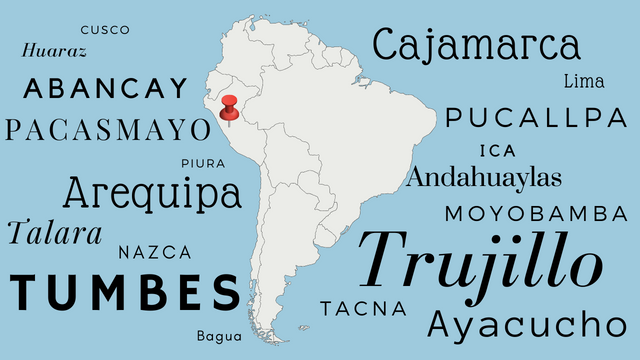
If it isn’t obvious by now-foreigners can get married in Perú! But-you should know that you are required to get married in the district that’s listed on the ID of your Perúvian partner.
For example, let’s say I’m American and he’s Perúvian. If the address on his ID says Lima–that’s where you’re getting married, surprise! Unless you want to change the address on the ID, this is your only option.
Two: There Are Rules
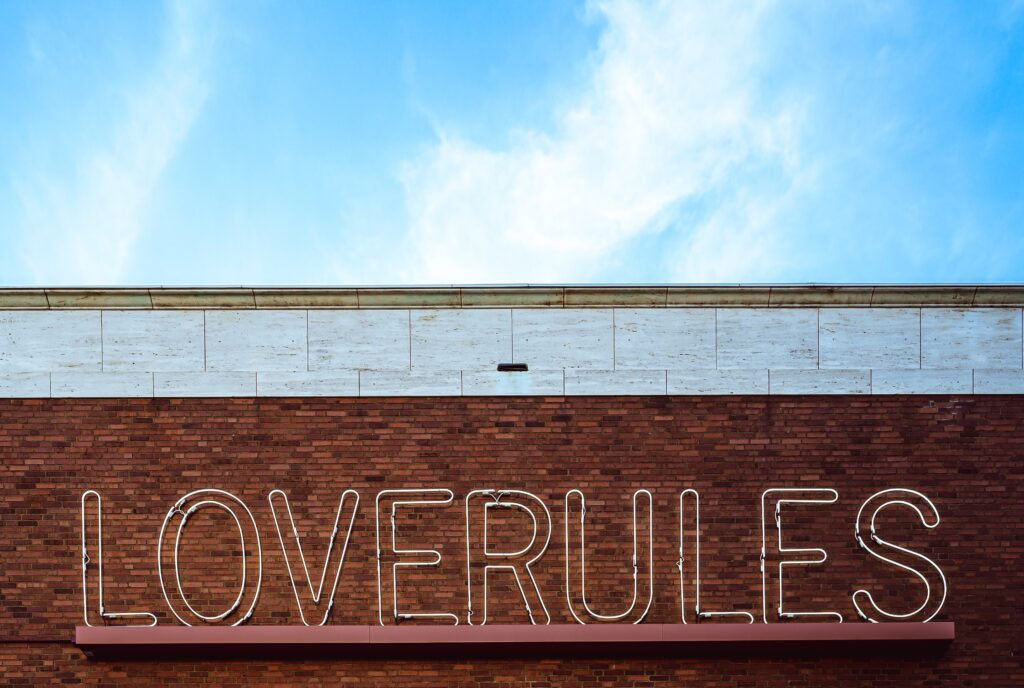
Depending on which part of the country you’re getting married in (with the above note in mind), there are different rules for getting married in Perú, as I’m sure there are for getting married anywhere really. You should look these up for yourself.
You can get this list by going in person to a Municipality here in Perú, and on the website for the Municipality of the district. You should do both.
I would recommend you go through this list and figure out which things will take the longest to process and what the expected turn around time to get them back will be. Then tackle the longest and hardest first.
If you’re still in the states and your partner is in Perú, it would help if you have your partner get the list ahead of time so you know what paperwork you need to bring over with you upon your return to Perú.
Three: US Paperwork Expiration Dates
This is one of the really frustrating parts about this whole process. All of the paperwork that you bring from the USA cannot be older than three months. It is SO important that you pay attention to this.
This creates a huge time crunch for collecting your paperwork, returning to Perú and planning an actual wedding.
To relieve some of the stress that I’m sure I just burdened you with, please understand that you do not need to plan a wedding, you need to get legally married. Planning a wedding–the kind you picture when you think of an American wedding, is a completely different step and process. All of this paperwork is just to get you legally married. I would suggest, don’t do two things at once. Focus on the legal part of things.
Four: Proof Of Single Status

I mean, obviously, you’re single if you’re getting married… right? Perú requires that you both provide proof that you’re single. For the USA side, Google how to get this in your state and go get it in person from the government. I was able to get this really quickly, it actually took me longer to find the front door of the building…seriously.
This is probably one of the easiest papers you will get. So why do I bother bringing it up? Because it is a USA paper that you will need for tip six and seven.
Five: Birth Certificates
If you’re like me and you still have your original birth certificate, you’re going to need to get a new one issued. Which is unfortunate if you don’t live in the state you were born in. Perú is pretty serious about your papers being valid for only three months, even if it does seem a bit unrealistic.
For your new birth certificate, go to the government website for the state you were born in and check how you are able to get this. In some cases you can go in person and/or send a self addressed and stamped envelope overnight and request one.
Just so you know, due to Covid rules, a lot of government buildings have been shut down and as a result are backlogged. The processing time has been a lot longer than it apparently used to be.
According to online estimates and my personal experience with this, getting some of your papers can take up to a month, but probably closer to two weeks.
When it came to specifically getting my birth certificate I road tripped to the next state over right before a holiday weekend and waited in line for an hour to purchase mine. I bought two for just in case purposes. Because of the holiday weekend and needing that paper ASAP, the road trip was a better and faster option for me.
Six: Notarize and Apostille
After the daunting process of getting every-single-one of your papers from the United States, you will then need to notarize an apostille each and every one of those papers. Yes, each and every one, even the mostly blank pages with only two sentences on them.
Perú will not except your paperwork from the USA without the apostille.
To describe this in simple terms: The apostille is what makes your USA papers valid outside the USA.
Before you can apostille something, you must first notarize it. Usually this can be done at the same place you apostille your paperwork–Google where and what this is, it should be a government building, but may be different for you than it was for me. You can also notarize at a local UPS store.
You should know that you can only apostille papers from the state that those papers were issued in. So if you were born outside of the state that you live in, you cannot notarize that birth certificate in the state you currently live in. Your birth certificate from another state will have to be sent to the state it originated in, whereas your proof of single status comes from the state you live in and will need to be apostilled in the state you currently reside in.
The apostilles took me the longest to get, it probably didn’t help that I had so many legal papers needing to be processed. If you are able to go in person for this I highly recommend that option versus sending it in because the mail-in option is much slower.
If you have to send paperwork outside your state to be apostilled, start working on those papers first. That was the paper of mine that took the longest to return. I had to call the office a couple times to check on the status and try to speed it up.
Heads up, if you go in person to get a new birth certificate issued, sometimes you can go to another department in the same building and get it apostilled in person as well. Plan ahead and don’t go at closing time.
Seven: Translate Everything

Anything that is coming from the USA needs to be translated into Spanish. We did this step in Perú. We asked some Perúvian friends to point us in the direction of a translator.
Make sure you hire a certified translator as they will need to notarize the translated papers for you before returning them to you. Your papers won’t be valid if they do not do this step and if your translator is not certified.
All of your USA paperwork must be translated before it can be submitted to the Municipality. Even the mostly blank apostille pages, which is unfortunately an extra cost, but that’s the only thing that makes your paper valid outside the US. You must show that it was translated, as it is your proof that you did all the steps and you’re good to go.
When you present it at the Municipality you will need to have both the English and Spanish versions. Likely they won’t do much with the English version, but they need to see where the translated version originated from.
Eight: Medical Tests
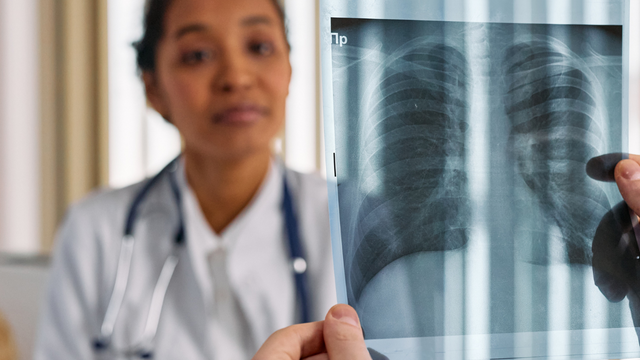
These take place in Perú, you don’t bring them from the states.
When we got married, along with our paperwork we had to provide two medical tests, a certificate and a paper that says you had medical counseling before marriage. The medical tests were an x-ray and an STD test. Interestingly enough, we did not both need to take each test, I was required one and he was required the other. …Yeah, it makes no sense in my head either.
For the x-ray we had to go to an actual hospital, like a large ER type hospital. We waited maybe 20 minutes and taking the x-ray took exactly five minutes. I was mentally prepared for an hour of tests and a long waiting period for the x-ray to come back. But I just put on a gown, stood in place, took one photo and put my clothes back on. Two minutes later the x-ray was ready. They didn’t read it to us, just handed it to us and sent us on our way.
The other test was a lot harder to find someone to give to us. I think we checked ten tiny clinics before we found a place that was actually able to give us the the test, a medical certificate and some counseling. The type of place that can give this to you is a small government clinic, in Spanish, Puesto De Salud.
You’ll have to fill out new patient paperwork, which is basically just your name, ID, blood type and maybe two other things. They take your weight, height and blood pressure and then give you a medical card and you speak to the Doctor for the test, certificate and counseling.
By the way, not all Municipalities require the medical tests, but ours did.
Nine: Appointments

You should know that making appointments is not really a thing in Perú. Which might be a huge culture shock to you, if you come from a country that requires appointments for all things big and small–and especially for wedding plans.
Here, you don’t make a hair and makeup appointment for the day of your wedding, or for wedding dress shopping. We didn’t book any doctor’s appointments either. We just showed up.
There are no appointments for the Municipality–and heads up, they’re not always open for all services all days. For us, we could meet with someone about marriage or divorce on Tuesdays and Wednesdays.
Booking a photographer and picking a day to get married at the Municipality might have been the only things we were able to set in stone.
For cake, flowers, decorations, food and rental outfits for the family…we asked the shops the day before our wedding if they could make or do “X, Y, Z” for us for the following day and that we could come pick them up early that next morning.
Oh…and you can’t call shops to make sure they’re open or if they can do things, we just had to walk around downtown until we wandered into a shop we liked and picked it. Perhaps you will be able to make this work better in a different city or when planning your church wedding, but this was our experience. Try to be patient and flexible in case you run into the same thing.
Ten: Witnesses
Your witnesses cannot be related to you. This was harder to do than I thought it would be. We were limited on how many people could attend our legal marriage due to Covid. Depending on when you’re getting married, this may not be an issue for you. But for us, if we could only have 10-15 people attend, we wanted them to be family. And my husband’s extended family is HUGE.
Finding two unrelated witnesses who were available and willing to come with us ahead of time to sign paperwork and get registered as our witnesses before the actual wedding even took place was a struggle. Just keep this in mind while you’re planning.
And to repeat, these two people will need to come with you before the actual marriage and sign some paperwork at the Municipality.
Eleven: Getting Married

When you have all your documents you’ll go to Migrations, this will probably be your fifth time going there at this point. We went during Covid times so I wasn’t even allowed in the building, which was both funny and frustrating.
Inside you’ll find a bunch of little cubicles in a small room and you’ll present your paperwork to the person who will officiate for you. If they say your paperwork is all in order, you’ll both sign a few papers and then you get to pick a date for your wedding. They give you a week or two timeframe to choose from.
Just to clear the air on this, in case you’re a little worried like I was…you will not be getting married in that cubicle. In our case, the wedding was held upstairs with a few chairs for guests and an official paper signing ceremony. You do have to pay to rent this space to get married in.
Now, if you’re doing math–like you should be, you’d be thinking, “How am I supposed to get married in under three months when everything takes two to three months to collect? And how am I supposed to get all the stuff ready to go before my papers expire?”
My answer is a lame, “I don’t know, it just all happens somehow.”
That and:
- I recommend you and your partner really lean on each other for support during this time, and do your best to help each other out.
- Prioritize the things that take the longest.
- Knock out the small things all at once if you can.
- Work on it a little each day.
- And hurry.
Then you’re legally married. Most Perúvians have two weddings–not two full on weddings the way Americans think of weddings. It’s a legal marriage and a ceremony. Your ceremony is your church wedding, or however you choose to have it. This is something you don’t need to plan right here and now. Focus on the legal marriage for now because of the time limit.
If you want to do your ceremony/church wedding I would recommend you plan it for a month or two after the legal marriage so you have time to get every detail you want, the dress, the decorations, the whole dream.
Lastly, remember to breathe, this is a long process. You got this.


